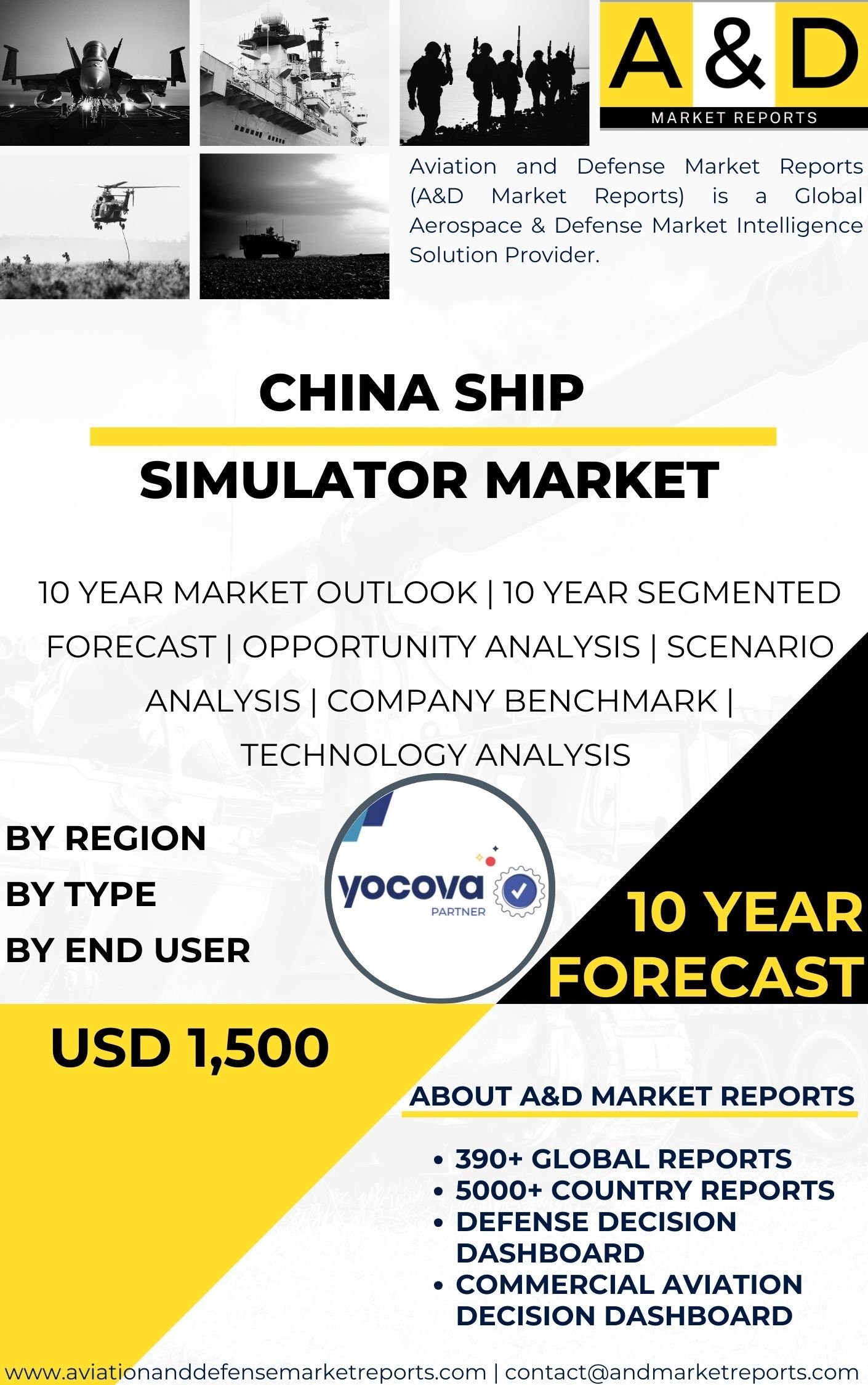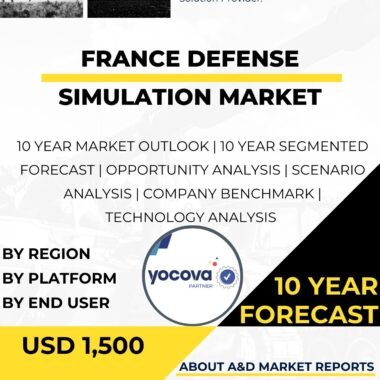Description
The China ship simulator market has witnessed significant growth and development in recent years. With China’s focus on maritime safety, seafarer training, and naval modernization, there has been a substantial demand for advanced ship simulation systems. This market analysis provides an overview of the China ship simulator market, including key players, market drivers, challenges, and future prospects.
The China ship simulator market is characterized by the presence of both domestic and international players. Domestic companies, such as Shanghai Maritime University, Wuhan University of Technology, and COSCO Shipping Heavy Industry Co., Ltd., have made significant contributions to the development, production, and supply of ship simulators. These companies have invested in research and development to enhance the capabilities of their simulators and meet the specific requirements of the Chinese maritime industry and naval training.
International players, including renowned simulation system manufacturers such as Kongsberg Gruppen, Transas (W?rtsil? Voyage), and Rheinmetall AG, have also established collaborations and partnerships in China. These partnerships have facilitated technology transfer, knowledge exchange, and joint development programs, contributing to the advancement of ship simulation capabilities in China.
The market is driven by several factors. One of the primary drivers is China’s focus on maritime safety and seafarer training. Ship simulators play a crucial role in training maritime professionals, including ship captains, officers, and navigators. These simulators provide a realistic and immersive environment for practicing navigation, ship handling, and emergency response scenarios. As China seeks to enhance its maritime safety standards and develop a skilled workforce, the demand for advanced ship simulators has grown.
Furthermore, the rapid growth of China’s maritime industry and the increasing complexity of vessel operations have fueled the demand for ship simulators. Simulators are essential for training personnel in maneuvering large vessels, port operations, offshore operations, and navigation in challenging environments. As China’s maritime activities expand, the need for comprehensive and high-fidelity ship simulators has increased.
Technological advancements have played a crucial role in the growth of the China ship simulator market. Domestic companies have focused on developing indigenous ship simulation systems with improved realism, accuracy, and functionality. China has made significant progress in the development of various ship simulators, including full mission simulators, part-task simulators, and desktop simulators.
China has successfully developed and deployed advanced ship simulators, such as full mission bridge simulators, which provide highly realistic scenarios and simulations of vessel operations. These simulators are equipped with advanced visualization systems, dynamic motion platforms, and integrated hardware and software solutions to replicate real-life situations. Additionally, desktop simulators and part-task simulators have been developed to provide cost-effective training solutions for specific tasks and scenarios.
Another driver of the China ship simulator market is the export market. China has emerged as a significant exporter of ship simulators, offering cost-effective training solutions to countries seeking to enhance their maritime safety and seafarer training capabilities. The Belt and Road Initiative (BRI) has provided opportunities for China to export its ship simulation systems to partner countries, expanding its market presence globally.
However, the China ship simulator market also faces certain challenges. One of the primary challenges is the need for continuous investment in research and development to keep pace with evolving training requirements and emerging technologies. As vessel operations become more complex and regulatory standards evolve, China must invest in innovation and advanced simulation technologies to maintain its competitiveness in the ship simulator market.
Additionally, the market faces challenges related to international competition and market access. The global ship simulator market is highly competitive, with established players offering a wide range of simulation systems and services. China must compete with these players and overcome market entry barriers to expand its presence in the international ship simulator market.
Looking ahead, the future prospects for the China ship simulator market are promising. China’s commitment to maritime safety, seafarer training, and naval modernization will continue to drive investments in ship simulation systems. Ongoing research and development efforts, collaborations between domestic companies and international partners, and the integration of emerging technologies, such as virtual reality (VR), augmented reality (AR), and artificial intelligence (AI), are expected to result in the introduction of more advanced and capable ship simulators.
The integration of VR and AR technologies may shape the future of the market. VR and AR can provide more immersive and interactive training experiences, enabling trainees to practice complex tasks and emergency scenarios in a realistic virtual environment. The use of AI algorithms can further enhance the capabilities of ship simulators by enabling intelligent behavior modeling, adaptive training scenarios, and real-time feedback.
In conclusion, the China ship simulator market has witnessed significant growth driven by the country’s focus on maritime safety, seafarer training, and naval modernization. Technological advancements, collaborations between domestic and international players, and the government’s commitment to indigenous simulation capabilities have contributed to the development and deployment of advanced ship simulators. Challenges related to training requirements, international competition, and market access need to be addressed. With ongoing investments, collaborations, and the integration of emerging technologies, the future of the China ship simulator market looks promising, with opportunities for further growth, innovation, and advancements in ship simulation capabilities.




